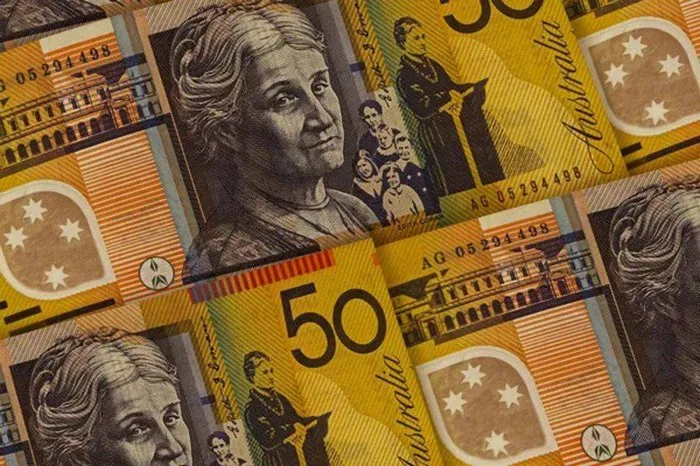The Australian dollar (AUD) has been facing a period of weakness in recent times, prompting economists and investors to delve into the underlying reasons. Several factors contribute to the depreciation of a currency, and the Australian dollar is no exception. In this article, we will explore the key drivers behind the weakness of the Australian dollar and analyze their impact on the nation’s economy.
Global Economic Conditions
One of the primary factors influencing the strength or weakness of a currency is the overall global economic environment. Australia, being a commodity-exporting nation, is highly sensitive to changes in global demand and economic conditions. The Australian dollar tends to weaken when there is a downturn in global economic activity, as reduced demand for commodities negatively affects Australia’s export earnings.
In recent years, uncertainties surrounding global trade tensions, the economic fallout from the COVID-19 pandemic, and other geopolitical concerns have contributed to a challenging global economic landscape. These factors have played a significant role in the weakness of the Australian dollar.
Commodity Prices
Australia’s economy is heavily reliant on commodity exports, particularly iron ore and coal. Fluctuations in commodity prices have a direct impact on the nation’s export earnings and, consequently, on the strength of the Australian dollar. When commodity prices experience a decline, as has been the case in recent times, Australia’s terms of trade worsen, leading to a weakened Australian dollar.
Global demand for commodities, especially from major trading partners such as China, plays a crucial role in determining commodity prices. Factors like changes in industrial production, infrastructure investment, and global economic growth can influence demand for Australian exports. Any downturn in these areas can contribute to a decline in commodity prices and, subsequently, a weaker Australian dollar.
Interest Rates Differentials
Interest rates differentials between Australia and other major economies also impact the strength of the Australian dollar. Higher interest rates in Australia compared to other countries attract foreign capital, leading to an increase in demand for the Australian dollar. Conversely, lower interest rates can result in a decrease in demand for the currency.
The Reserve Bank of Australia (RBA) plays a key role in setting the country’s monetary policy, including interest rates. In response to economic conditions, the RBA may adjust interest rates to stimulate economic growth or curb inflation. In recent years, the RBA has implemented measures to support the Australian economy, including lowering interest rates, contributing to the weakness of the Australian dollar.
Fiscal Policy and Government Debt
The fiscal policy of a country, including government spending and taxation, can impact its currency. High levels of government debt, coupled with concerns about fiscal sustainability, can lead to a lack of confidence among investors. This can result in capital outflows, putting pressure on the currency.
Australia, like many other nations, has implemented expansionary fiscal policies in response to economic challenges, including the COVID-19 pandemic. While these measures are crucial for supporting the economy, they can contribute to a weaker Australian dollar if investors become concerned about the nation’s fiscal position.
External Debt and Current Account Balance
Australia’s external debt and current account balance also influence the strength of its currency. A high level of external debt, especially when denominated in foreign currencies, can create vulnerabilities. Additionally, persistent current account deficits, where a country imports more goods and services than it exports, can put downward pressure on the currency.
Australia has experienced periods of current account deficits, driven in part by its reliance on imported goods and capital inflows. The ongoing deficit can contribute to a weakened Australian dollar, as it reflects a higher demand for foreign currencies to finance the shortfall in the current account.
See Also What Is The Latest Price Of Australian Dollar?
Conclusion
The weakness of the Australian dollar is a complex phenomenon influenced by a combination of global and domestic factors. Understanding the interplay between economic conditions, commodity prices, interest rates, fiscal policy, and external balances is crucial for gaining insights into the currency’s trajectory.
As the global economic landscape continues to evolve, policymakers in Australia must carefully navigate these challenges to ensure the stability and resilience of the Australian dollar. Additionally, businesses and investors should remain vigilant, adjusting their strategies in response to currency movements and the broader economic environment.


